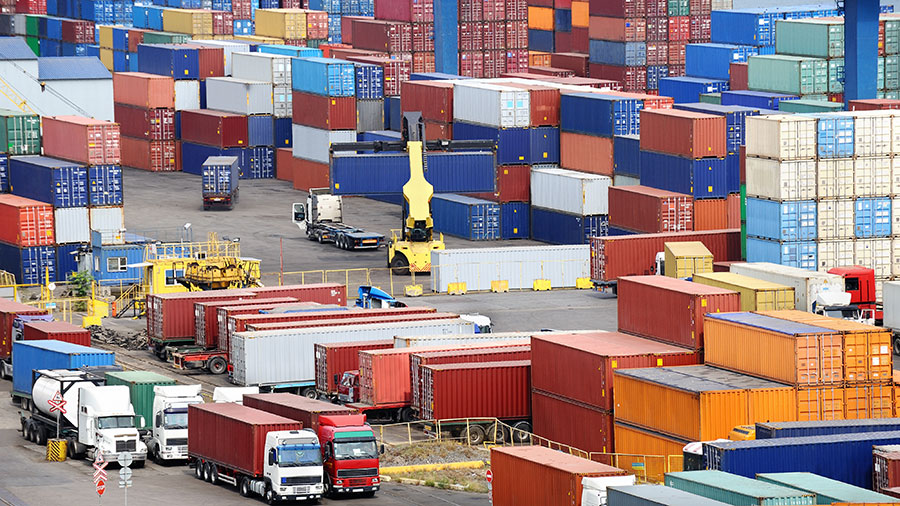
Mali’s main exported goods
Mali’s economy is predominantly driven by agriculture, mining, and trade, with exports playing a vital role in its financial stability. The country’s main exported goods include gold, cotton, and livestock. Here’s a detailed analysis of these key exports:
1. Gold
Significance: Gold is Mali’s most significant export, accounting for more than 70% of its export revenues. The country is one of Africa’s top gold producers, with mines operated by multinational corporations alongside artisanal miners.
Export Markets: Mali’s gold is primarily exported to Switzerland, India, and the United Arab Emirates, where it is refined and utilized in jewelry, technology, and investment sectors.
Economic Contribution: Gold exports provide essential foreign exchange earnings and contribute substantially to government revenues through taxes and royalties.
2. Cotton
Significance: Known as “white gold,” cotton is Mali’s second-largest export commodity. The country is one of Africa’s leading cotton producers, relying heavily on the crop for rural income.
Export Markets: Major buyers include Bangladesh, China, and Vietnam, where Mali’s cotton is used in the textile industry.
Economic Contribution: Cotton exports create employment opportunities in rural areas, sustaining millions of livelihoods. However, the sector is vulnerable to fluctuating global prices and weather conditions.
3. Livestock
Significance: Livestock exports, including cattle, sheep, and goats, play a crucial role in Mali’s economy, particularly in the Sahelian regions where pastoralism is a way of life.
Export Markets: Neighboring countries such as Ivory Coast, Senegal, and Mauritania are the primary markets for Malian livestock.
Economic Contribution: Livestock trade supports rural economies and contributes significantly to food security in the region.
4. Agricultural Products
Beyond cotton, Mali also exports other agricultural goods, such as peanuts, millet, and sorghum. These products are often traded regionally within West Africa.
5. Other Exports
Mali has a small but growing market for artisanal crafts, including textiles, leather goods, and jewelry, which are exported to Europe and the United States.
Gum arabic and shea butter are also notable exports, with rising demand in the cosmetics and food industries globally.
Challenges and Opportunities
Infrastructure Issues: Landlocked Mali faces significant logistical challenges, relying on ports in neighboring countries for export shipments. This increases transportation costs and reduces competitiveness in international markets.
Security Concerns: Ongoing political instability and security challenges in certain regions of Mali impact mining and agricultural activities.
Sustainability: Mali is working on diversifying its economy and reducing dependence on gold by promoting agricultural exports and local industries.
Conclusion
Mali’s export economy is heavily reliant on gold, cotton, and livestock, which together drive most of the country’s foreign exchange earnings. While these industries provide essential income, Mali faces challenges related to infrastructure, global market dynamics, and security. Diversification and investment in value-added industries could significantly enhance Mali’s export potential and economic resilience.



Leave a Reply